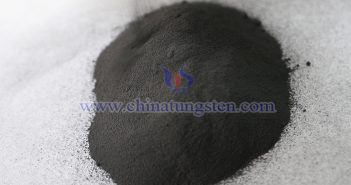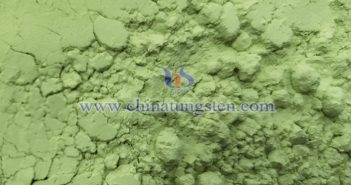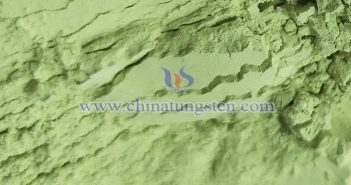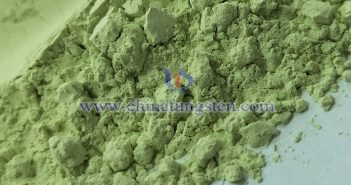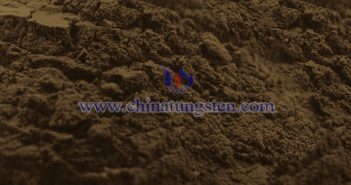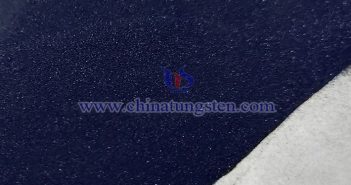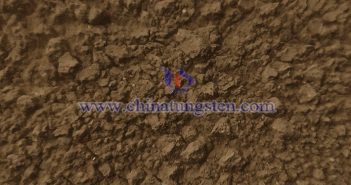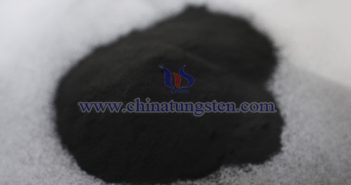
Tungsten disulfide nanosheet (WS? nanosheet) has attracted much attention in the field of materials science. Its unique properties are largely derived from its special crystal structure. The crystal structure of tungsten disulfide nanosheet is a typical layered structure, which has certain similarities with the sheet structure of graphene, but there are differences in atomic composition and arrangement details. Each layer of WS? is composed of three layers of atoms, presenting a sandwich structure of “sulfur-tungsten-sulfur (S-W-S)”. In this structure, the…

